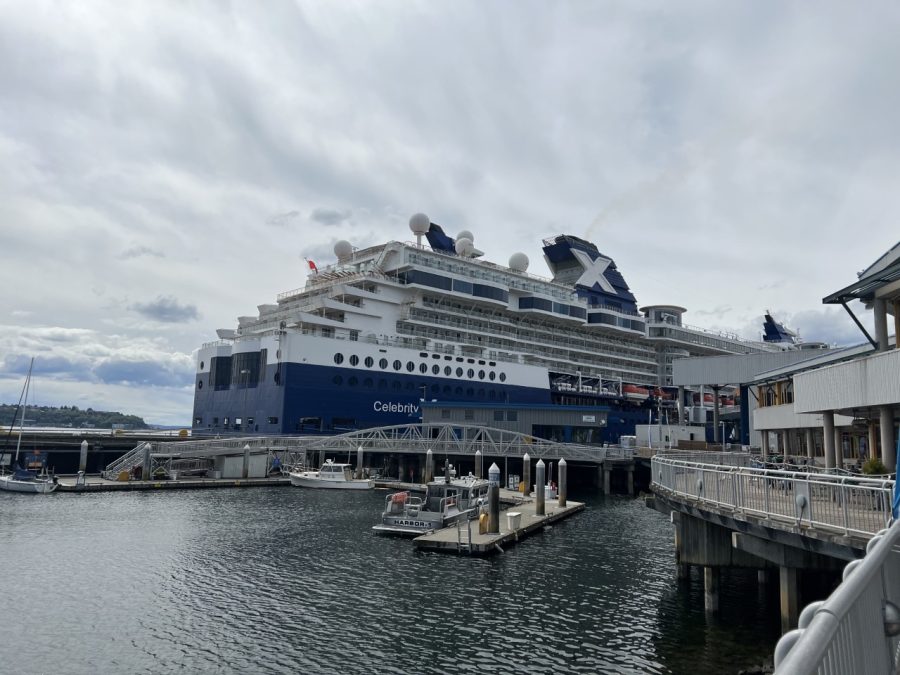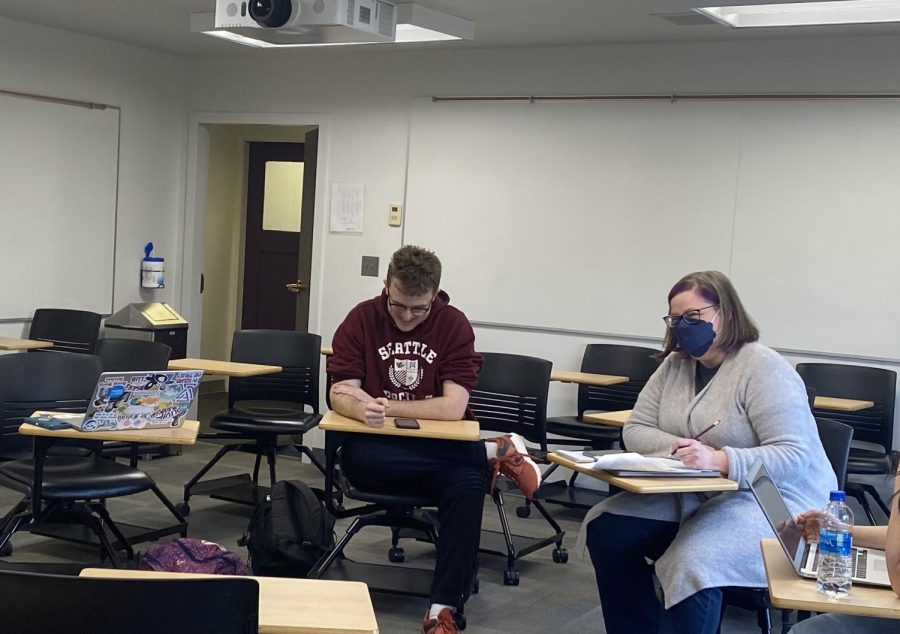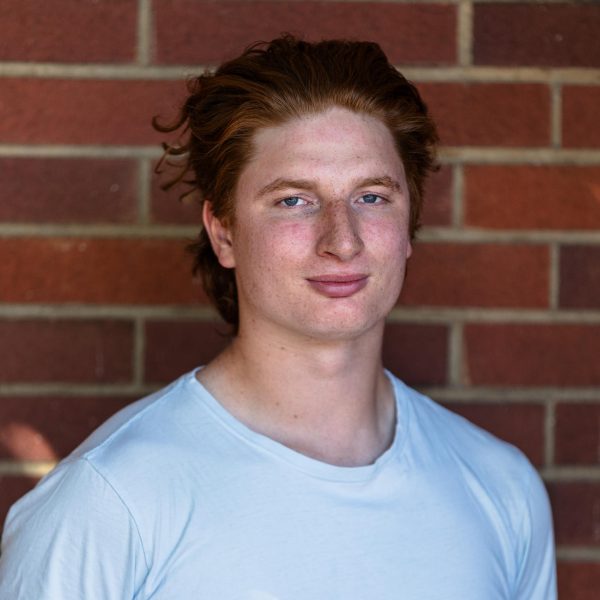
When COVID-19 broke out in the spring of 2020, Seattle Pacific University shut down. Students and faculty, forced to adjust their own learning and teaching styles, have since found new appreciation for being in the classroom.
SPU reacted, like other universities, by moving online, causing students to finish the school year through remote learning. COVID-19 stopped the opportunity to learn in classrooms, leaving students to either go online or go hybrid – half classroom, half online classes.
Students worked hard to keep up with the change, learning to adapt and grasp more about themselves. One student, a senior majoring in creative writing, shared her thoughts.
“I had to learn how to adjust my learning style to online formats which forced me to problem-solve and seek out help when I needed it,” Gray said. “I think that everyone is more aware of learning styles now.”
There are many different types of learning styles. Visual means learning through pictures and illustrations. Auditory learners listen extremely well and learn mainly through audio. Kinesthetic is a combination of the two, meaning learners benefit from interacting with their environment. All with their own positives and negatives, the styles give students a helpful insight into how they learn.
With lockdown, COVID-19 presented challenges – SPU professors had to figure out how to keep students engaged and excited about class. However, when a normal and everyday thing like going to school is taken away, online school does not fill the gap.
Doug Koskela, professor of theology, found new ways to keep students interested in class.
“We were working really hard to find creative ways to help students meet those standards in very difficult circumstances,” Koskela said. “In that period, there had to be creativity and flexibility in the delivery of class content, in the form that assignments took, and to some extent with deadlines, but students still had to do the work.”
With the rise and fall of COVID-19, students faced the notion of getting back into a regular day-to-day routine. When masks went on, students drew back, and new problems emerged, including social anxiety and finding motivation.
With the decreasing presence of COVID-19, students now get the chance to be with friends and learn with their peers in the classroom. With challenges came hard-working students and professors to ensure students were still getting an education while at home.
Professors watched the students grow and overcome obstacles no one knew would be necessary to overcome. Jefferey Overstreet, assistant professor of English and writing, gave his two cents.
“There is a new enthusiasm for in-person learning, and an appreciation for time together on campus. It’s been great to see new students discovering the joys of doing homework together on the grass in the Loop,” Overstreet said.
Zoom University – a term coined for students taking Zoom classes online – made way for regular, in-person learning, and with students back in the classroom, participating and asking questions is easier than it was three years ago.
There is a new appreciation for just sitting in a physical classroom and listening to teachers in person. Students can now enjoy open discussions in class and partake in activities, which Zoom was unable to provide. Some would say the hardship strengthened students and allowed them to be stronger today.
“There are so many advantages for both teaching and learning in the actual shared classroom experience,” Overstreet said. “And besides, I always begin a class with the hope that I am meeting not only new students but new friends with whom I’ll have inspiring conversations for many years to come.”


















































































